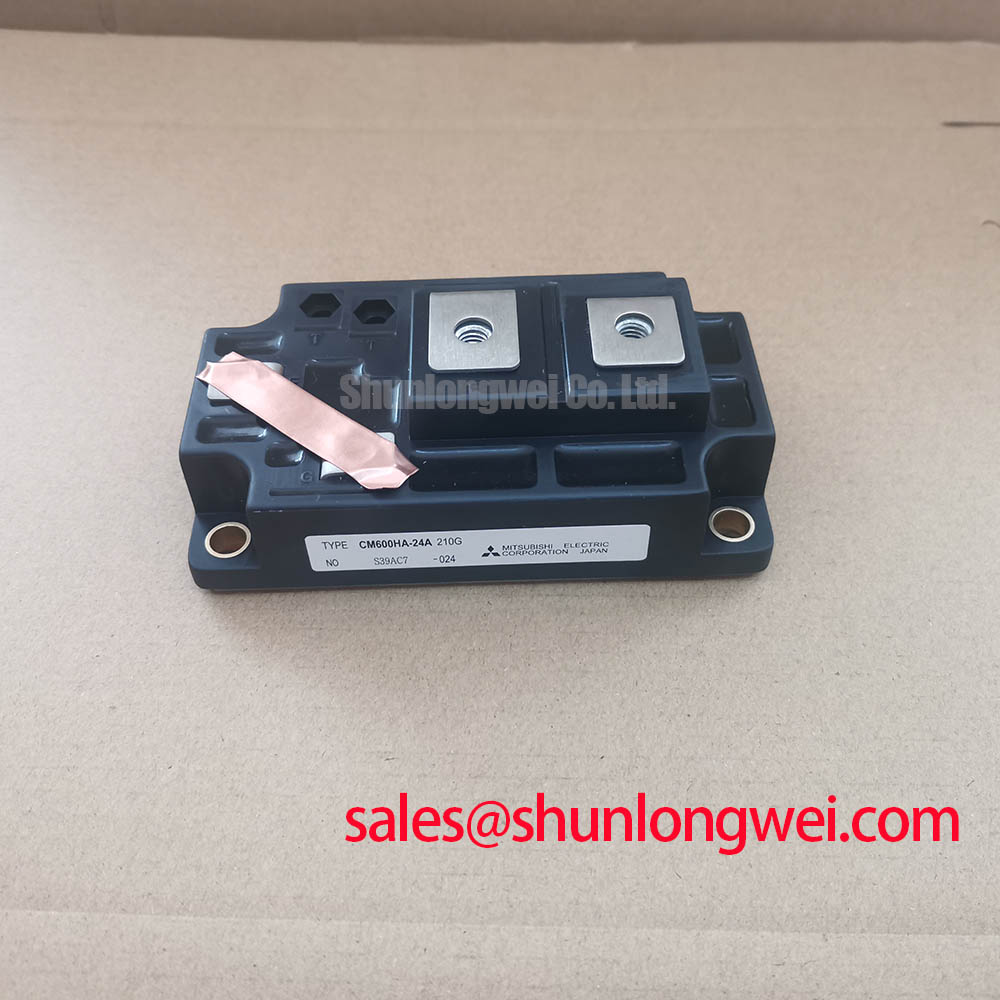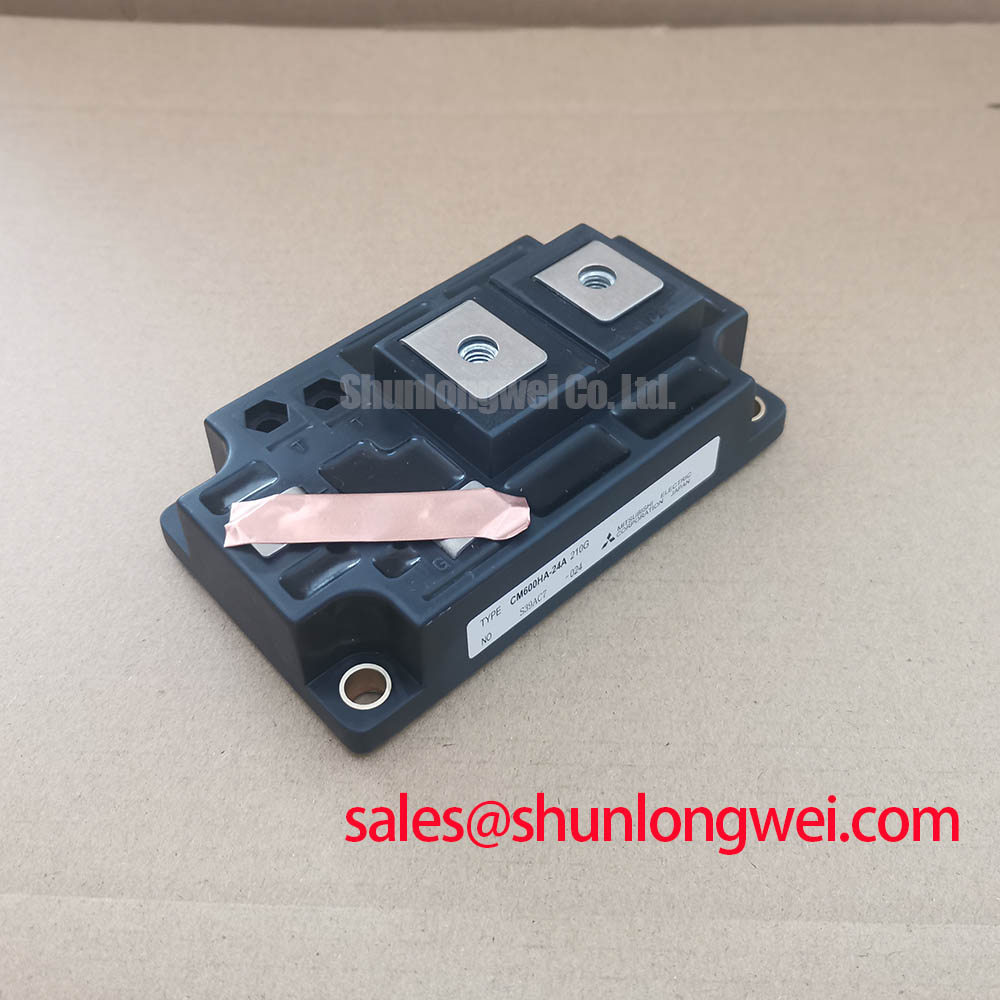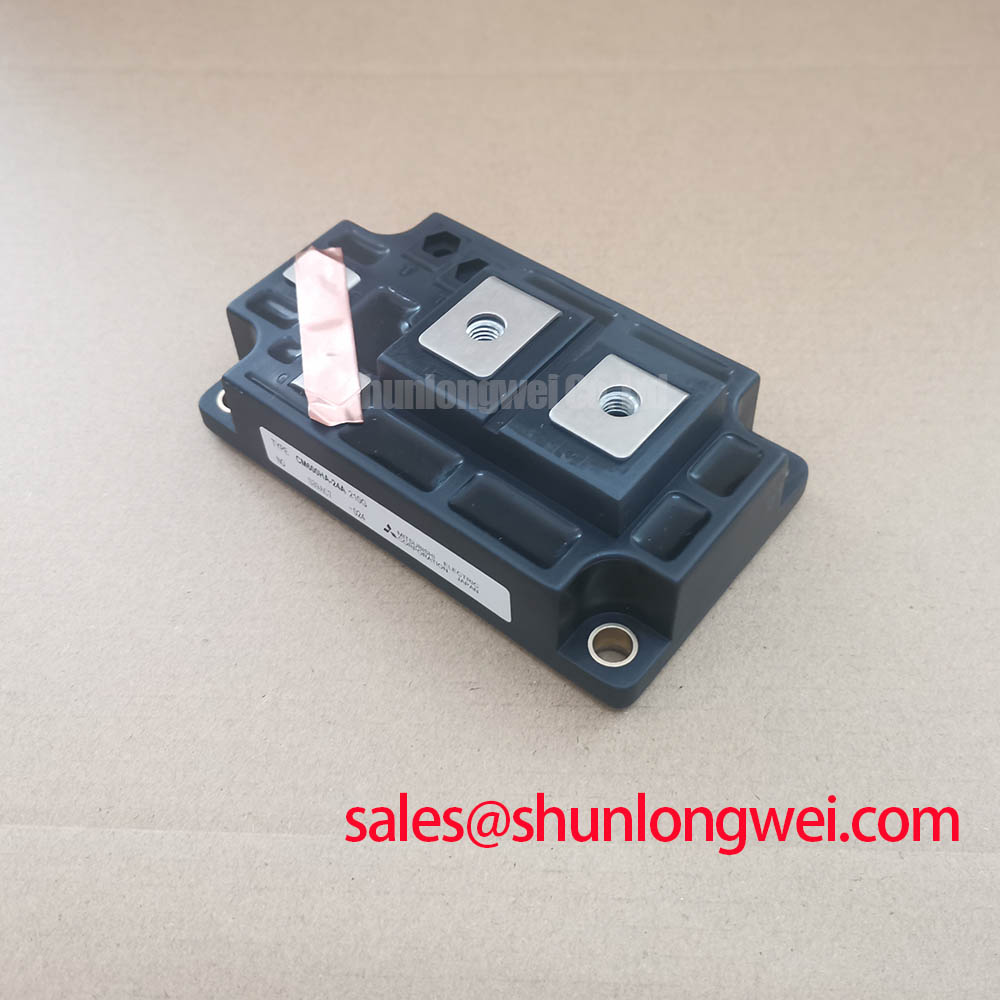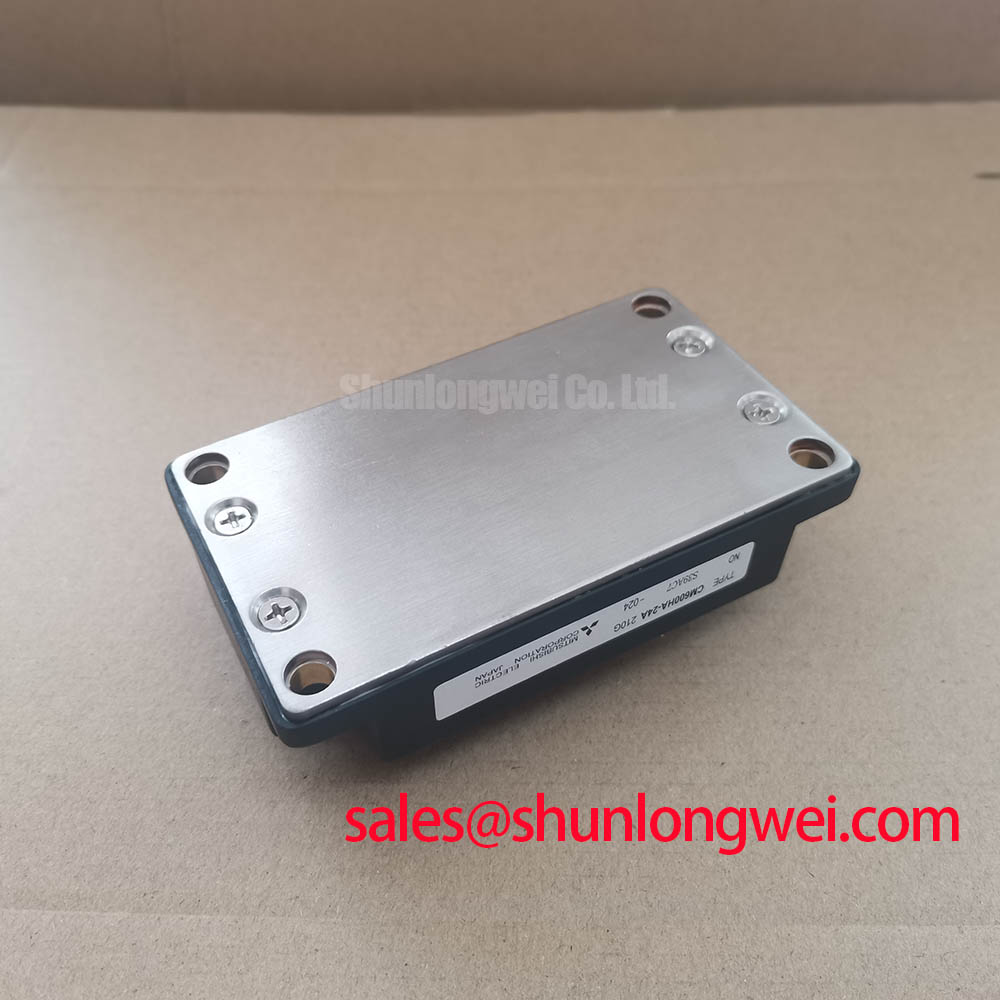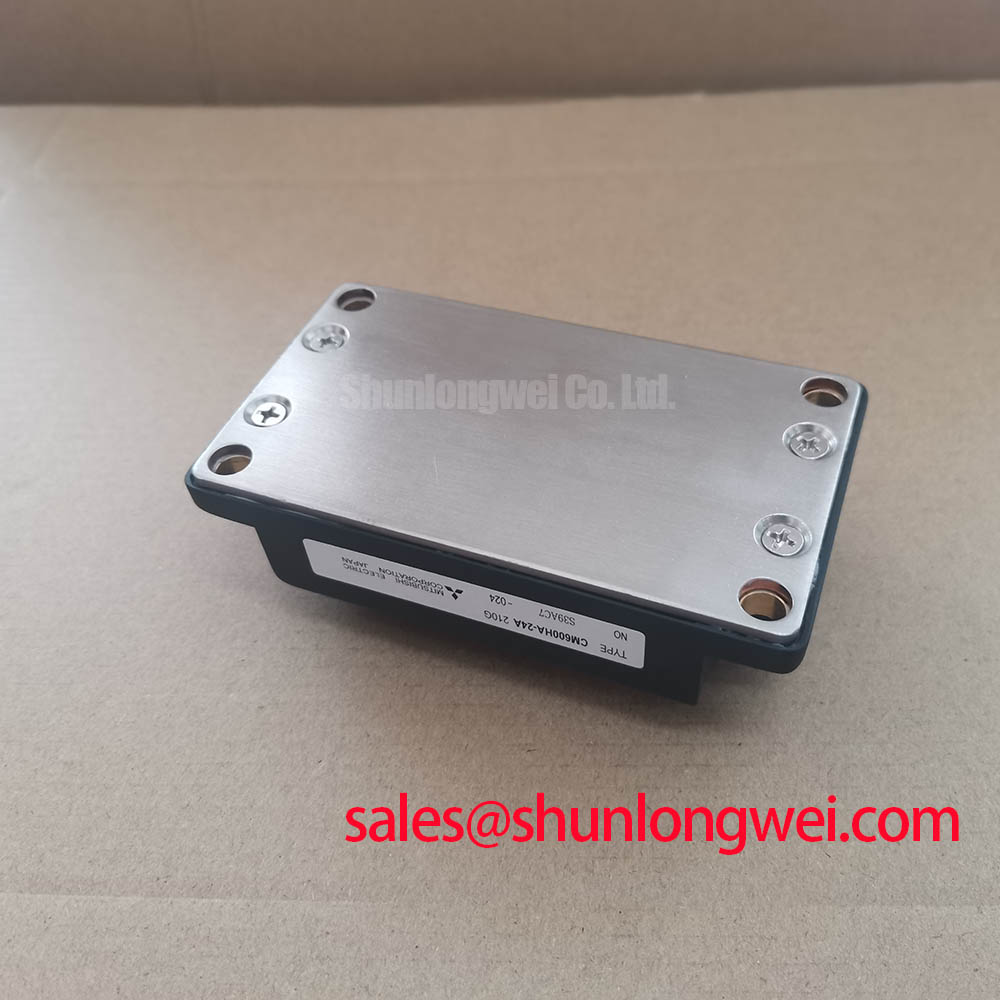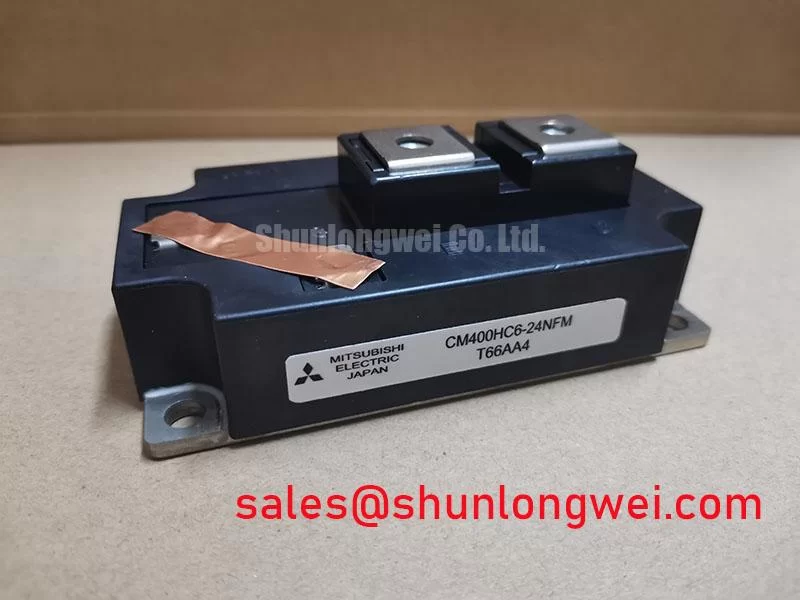Content last revised on November 21, 2025
CM600HA-24A Mitsubishi Electric IGBT Module
Engineered for High-Current Power Conversion
Delivering Robust Thermal Performance and Electrical Stability in Demanding Inverter and Motor Drive Applications
The Mitsubishi CM600HA-24A is a high-power, A-Series IGBT module designed for reliable switching in demanding power conversion systems. This single-switch module provides a robust foundation for high-power inverters, AC motor controls, and uninterruptible power supplies. Its core specifications are tailored for performance and resilience: 1200V Collector-Emitter Voltage | 600A Collector Current | 0.034 K/W Junction-to-Case Thermal Resistance. Key engineering benefits include exceptional thermal transfer for simplified cooling system design and a substantial Safe Operating Area (SOA) for high operational reliability. The module's low thermal resistance is a critical factor for engineers developing high-power-density systems, as it directly enables more efficient heat dissipation. For industrial drives requiring robust performance under heavy loads, the CM600HA-24A's thermal design provides a significant reliability margin.
Application Scenarios & Value
Achieving System-Level Benefits in High-Power Variable Frequency Drives (VFDs)
The CM600HA-24A is engineered to excel in high-current applications such as industrial Variable Frequency Drive (VFD) systems, servo drives, and large-scale UPS units. In a high-fidelity engineering scenario, consider the design of a VFD for a 250kW industrial motor. A primary challenge is managing the heat generated during the low-speed, high-torque startup phase and subsequent load variations. The CM600HA-24A directly addresses this through its exceptionally low junction-to-case thermal resistance (Rth(j-c)) of 0.034 K/W for the IGBT. This parameter is not just a number; it represents the efficiency of the thermal pathway from the silicon chip to the module's baseplate. A lower Rth value means heat is evacuated more effectively, preventing the junction temperature from exceeding its maximum rating of 150°C and ensuring the module operates within its specified SOA (Safe Operating Area). This allows for the design of a more compact and cost-effective heatsink, directly impacting the overall system's power density and bill of materials. While this module is ideal for high-current requirements, for systems with lower power demands, the related CM400HA-24H offers a 400A rating within a similar package family.
Key Parameter Overview
Decoding the Specs for Enhanced Thermal Reliability
The technical specifications of the CM600HA-24A 210G are optimized for high-power switching applications. The values below are extracted from the official manufacturer datasheet and are critical for system design, simulation, and thermal modeling.
| Parameter | Symbol | Conditions | Value |
|---|---|---|---|
| Collector-Emitter Voltage | VCES | VGE = 0V | 1200V |
| Continuous Collector Current | IC | TC = 80°C | 600A |
| Collector-Emitter Saturation Voltage | VCE(sat) | IC = 600A, VGE = 15V, Tj = 125°C | 2.4V (typ) |
| Total Power Dissipation | Ptot | TC = 25°C | 3670W |
| Thermal Resistance (Junction to Case, IGBT) | Rth(j-c)Q | Per IGBT | 0.034 K/W (max) |
| Maximum Junction Temperature | Tjmax | Operating | 150°C |
| Isolation Voltage | Visol | Terminals to base plate, AC 1 min | 2500V |
Download the CM600HA-24A datasheet for detailed specifications and performance curves.
Technical Deep Dive
A Closer Look at the Construction for Thermal Superiority
The performance of a high-power module like the CM600HA-24A is dictated not just by its silicon but by its mechanical and thermal construction. The module features an electrically isolated copper baseplate, which serves as the primary interface for heat extraction. Think of this baseplate as the foundation of a skyscraper; its integrity and properties determine the stability of the entire structure. The low thermal resistance value is achieved through careful selection of internal materials, such as the ceramic substrate that isolates the silicon die from the copper base, and a manufacturing process that ensures a void-free bond. This construction minimizes the thermal barriers between where the heat is generated (the IGBT junction) and where it is removed (the heatsink). What is the primary benefit of its construction? Enhanced long-term reliability by minimizing thermal stress and fatigue on the internal solder joints.
Frequently Asked Questions (FAQ)
How does the Rth(j-c) of 0.034 K/W directly impact heatsink selection and overall system power density?
A lower Rth(j-c) value signifies a more efficient path for heat to travel from the IGBT chip to the module case. This allows the module to handle higher power dissipation for a given junction temperature. For a system designer, this means a smaller, lighter, or less expensive heatsink may be used to maintain the same operating temperature, which in turn enables a more compact and power-dense final product.
What is the significance of the typical VCE(sat) of 2.4V at 125°C for conduction loss calculations?
The Collector-Emitter Saturation Voltage (VCE(sat)) is the voltage drop across the IGBT when it is fully on. This parameter is crucial for calculating conduction losses (Power Loss = VCE(sat) x IC). A lower VCE(sat) at operating temperature, like the 2.4V specified, translates directly to lower power wasted as heat during operation. This improves overall system efficiency, a key requirement in applications governed by energy standards. For a detailed guide on interpreting these values, see this resource on decoding IGBT datasheets.
Is the CM600HA-24A suitable for paralleling to achieve higher current output?
Yes, IGBT modules like the CM600HA-24A can be paralleled. However, successful paralleling requires careful design considerations. Key parameters such as VCE(sat) and the gate threshold voltage (VGE(th)) have temperature coefficients that must be managed to ensure balanced current sharing between modules and prevent thermal runaway in one of the devices. Proper gate drive circuit design and a symmetrical busbar layout are essential.
What does the 2500V isolation voltage (Visol) rating mean for system design?
The 2500V Visol rating indicates that the module's internal electronics are electrically isolated from its mounting baseplate up to 2500V AC for one minute. This simplifies system assembly by eliminating the need for separate, often fragile, insulating thermal pads between the module and the heatsink. It enhances safety and reliability by providing a certified high-voltage barrier, a critical feature for compliance with industrial safety standards such as IEC 61800-5-1.
Strategic Outlook
Engineering for Longevity and Efficiency
Selecting a power module extends beyond matching voltage and current ratings; it is a strategic decision that impacts total cost of ownership, system reliability, and time-to-market. The CM600HA-24A, with its focus on robust thermal management and a proven industrial package, provides a platform for developing high-power conversion systems that are not only efficient but also built for long-term operational stability. For engineers focused on the future of industrial automation and renewable energy systems, leveraging components with superior thermal performance is key to creating more compact, reliable, and cost-effective solutions. For further reading on the technology inside these modules, Mitsubishi Electric provides insights into their advanced IGBT designs. A comprehensive approach to mastering IGBT thermal management is crucial for unlocking the full potential of such high-performance components.

